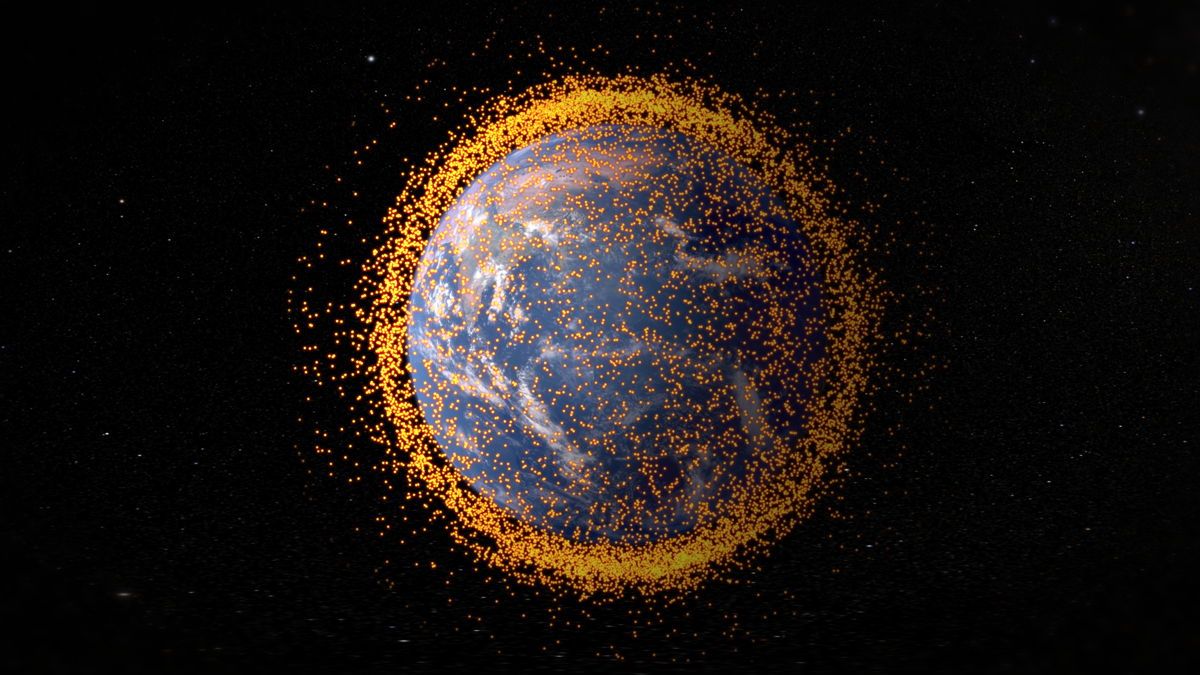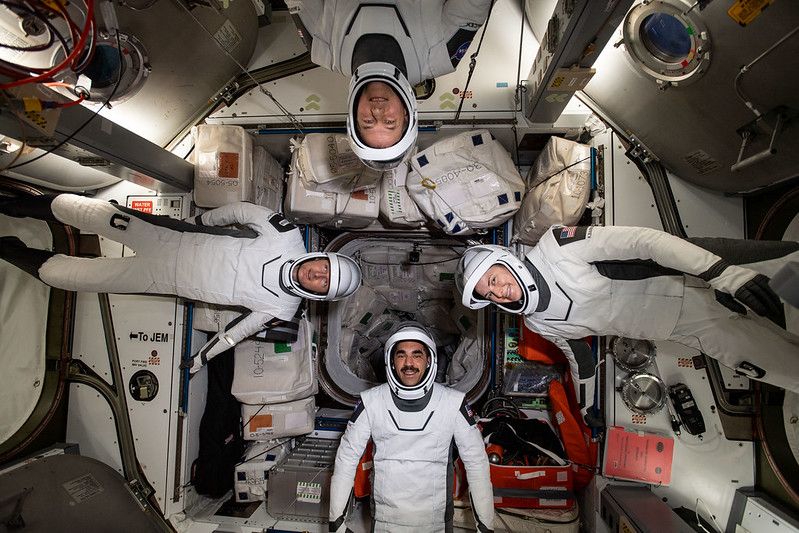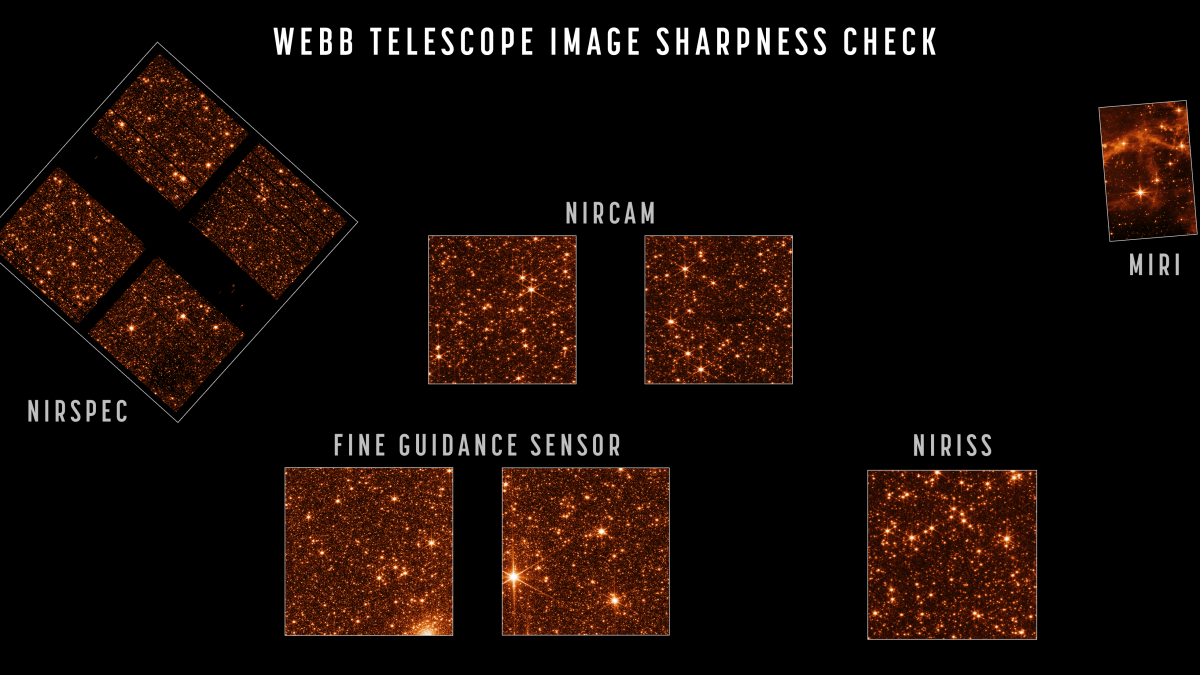Another cloud of Russian space debris has bloomed in orbit. An Earth-orbiting object cataloged as #32398 broke up on April 15, the U.S. Space Force’s 18th Space Defense Squadron tweeted on Tuesday (May 3). Sixteen pieces of space debris associated with the event are currently being tracked, the squadron added. Object #32398 was an ullage motor from a space tug that helped deliver three Russian GLONASS satellites to orbit in 2007, according to journalist and author Anatoly Zak, who runs RussianSpaceWeb.com. (GLONASS is Russia’s version of the GPS navigation system.)…
Read MoreMonth: May 2022
SpaceX’s Crew-3 astronaut mission will return to Earth early Friday morning
SpaceX’s Crew-3 astronaut mission will get to spend a few extra hours aboard the International Space Station (ISS), if all goes according to plan. Crew-3’s Dragon capsule had been scheduled to depart the ISS on Wednesday evening (May 4) and return to Earth the following day. But things have been pushed back slightly, NASA officials announced today (May 3). “Teams from @NASA & @SpaceX now are targeting #Crew3 undocking at 1:05 am Thurs, May 5 from @Space_Station. Splashdown off of Florida’s coast is planned about 12:37 am Fri, May 6.…
Read MoreBoeing’s Starliner capsule on track to launch on OFT-2 mission to space station May 19
Boeing’s CST-100 Starliner capsule remains on target for its crucial May 19 test launch, company representatives and NASA officials said. Starliner was supposed to lift off on an uncrewed mission to the International Space Station called Orbital Flight Test 2 (OFT-2) in August 2021. But standard preflight checks shortly before launch revealed that 13 of the 24 oxidizer valves in the propulsion system in Starliner’s service module were stuck. So Boeing and NASA rolled Starliner and its United Launch Alliance Atlas V rocket off the pad for troubleshooting. Within a…
Read MoreNASA Announces Winners of 2022 Human Exploration Rover Challenge
NASA has recognized a new generation of potential space explorers who competed in the agency’s 28th annual Human Exploration Rover Challenge.
Read MoreThe Scientific Journey of NASA’s SpaceX Crew-3 Aboard the International Space Station
After more than six months aboard the International Space Station, the astronauts of NASA’s SpaceX Crew-3 mission are returning home.
Read MoreNASA Celebrates Teachers!
May 2-6, 2022, is Teacher Appreciation Week! At NASA, we know the importance of STEM (science, technology, engineering, and math) education.
Read MoreWartime Skygazing: An Amateur Astronomer in Ukraine
Plakha Alexander — amateur astronomer, owner of Astro-Gadget.net, and Ukrainian — shares his experiences since Russia’s invasion began. The post Wartime Skygazing: An Amateur Astronomer in Ukraine appeared first on Sky & Telescope.
Read MoreEpic catch! Rocket Lab snags falling booster with helicopter after 34-satellite launch
Rocket Lab just did something we’ve never seen before. Rocket Lab sent 34 satellites to orbit today (May 2) with its two-stage Electron launcher, which lifted off from the company’s New Zealand site at 6:49 p.m. EDT (2249 GMT). Impressive enough, but it was the action in the downward direction that was unprecedented. After sending the satellites on their way, the Electron’s first stage came back down to Earth under parachutes. About 15 minutes after liftoff, as the booster glided toward the Pacific Ocean, a Sikorsky S-92 helicopter sidled up…
Read MoreNASA wants your input on its Mars sample return project
NASA is asking the public to comment on an environmental assessment for its Mars sample return effort. The project, a collaboration with the European Space Agency (ESA), aims to bring to Earth samples gathered by the Perseverance Mars rover, perhaps as early as 2033. Once they’re here, scientists in labs around the world will scrutinize them for signs of Mars life and clues about the Red Planet’s evolutionary history. Comments are due May 16 either online or by mail. The agency also plans to hold two virtual public meetings at…
Read MoreJames Webb Space Telescope faces crucial test of thermal stability
NASA’s new deep-space observatory will soon move between hot and cold in a crucial test of its infrared viewing capabilities. The James Webb Space Telescope, which just finished its alignment phase last week with sharp images of distant stars, is preparing a thermal stability test. This daring gauntlet will deliberately turn the observatory between positions where it receives more or less sunlight. The goal is to make sure the $10 billion observatory can sail through its science work despite the extremes of space and without sacrificing the quality of its…
Read More


